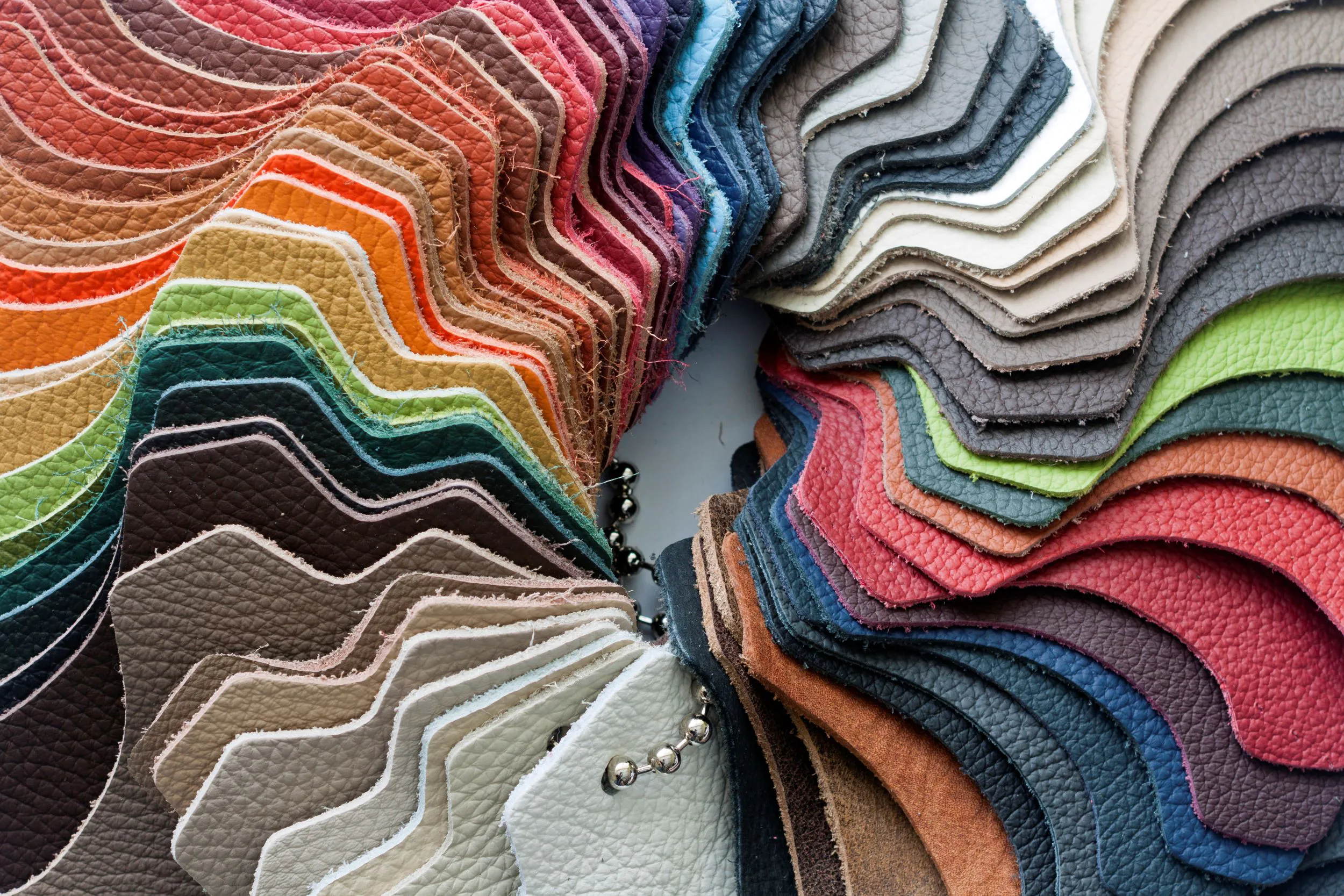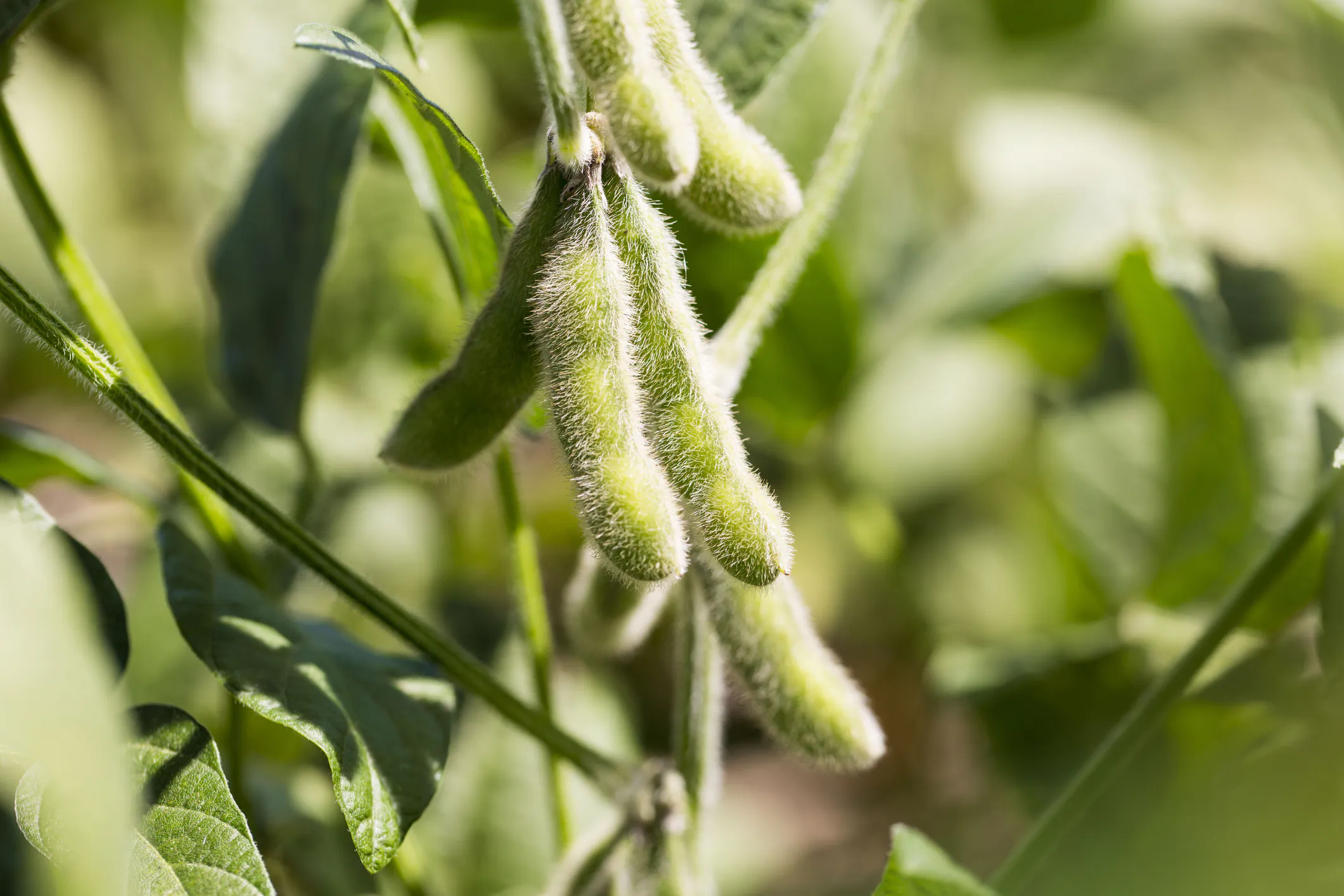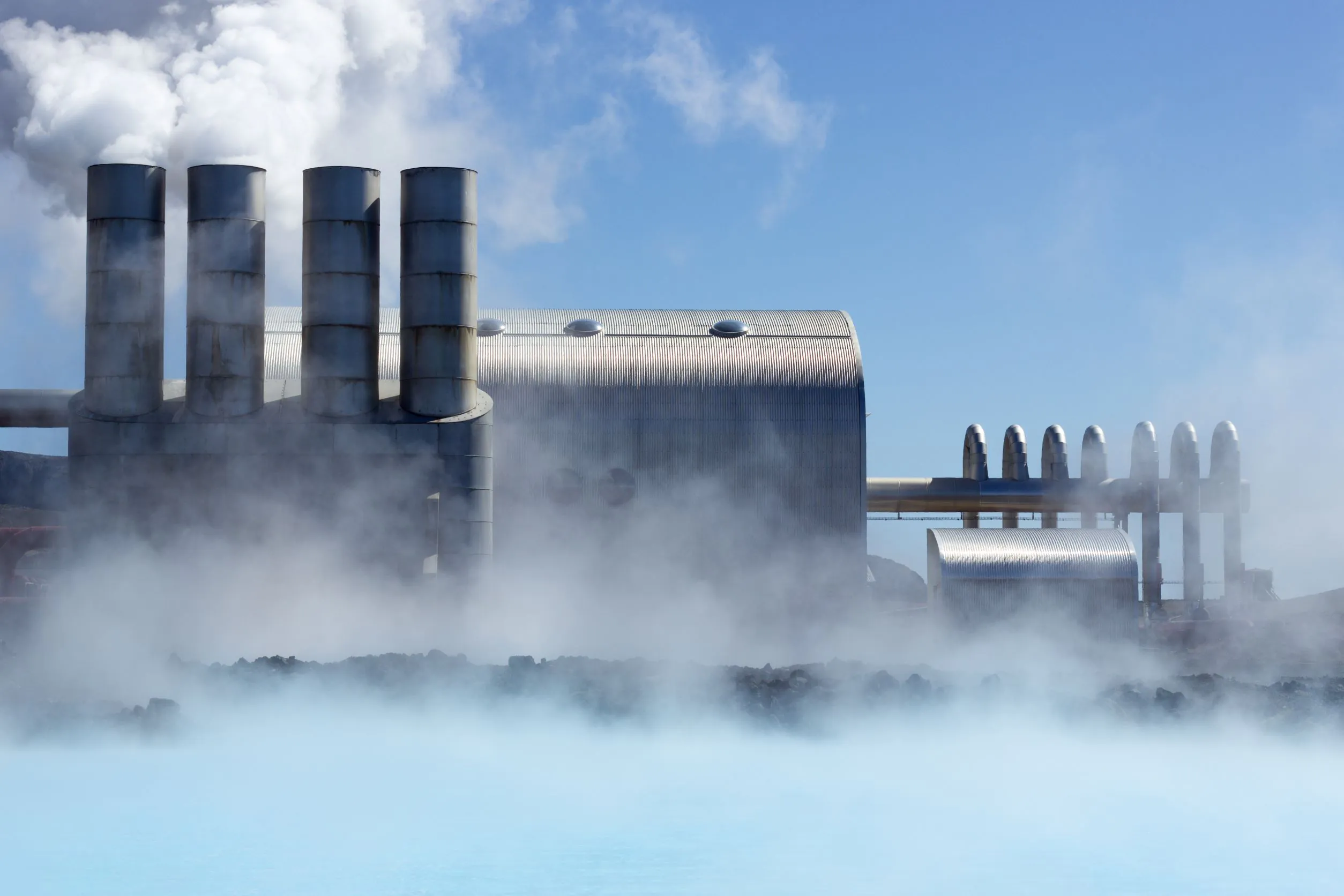In today’s world with sustainability becoming a big priority for consumers and governments globally, the leather industry is facing an uphill battle to maintain market share and compete against the growing popularity of leather substitutes. While real leather continues to be seen as a luxury and high-quality product, many people and organizations are raising objections to both its source and to the chemicals used in leather tanning and finishing. Demand for vegan leather continues to rise as consumers perceive it to be better for the environment, and an increasing number of brands are adopting it for applications such as handbags, vehicle upholstery, and more.
Environmental Challenges in Leather Production
The issue is more complex than it might seem at first glance. While it’s true that cattle farming uses a substantial amount of resources such as water and land, it would be disingenuous to argue that cattle are farmed solely for their hides and that decreasing leather consumption would necessarily reduce cattle farming. Until society adopts meat and dairy alternatives in much larger percentages, cows and other animals will continue to be farmed and leather will continue to be a byproduct of that. Abandoning leather made from animal hide, without planning that takes the larger picture into account, can lead to simply wasting a part of the animal that could otherwise be put to use.
But the ethics of animal products and the resources needed to farm them are not the only issues that leather production faces in terms of sustainability and environmental impact. The tanning and dyeing processes are energy- and water-intensive, and often leave behind chemical residues and toxic metals. While leather itself can be biodegradable or compostable, giving it the potential to be a circular material that returns to the ground when its useful life is over, the chemicals used in leather tanning and finishing can preserve it effectively enough to prevent it from breaking down properly and can introduce pollutants to the environment when the leather is thrown away.
Tanning leather helps preserve the material and makes it stronger and more flexible. While originally this was done using vegetable tannins, since the 1850s companies have been using chrome tanning, a process that utilizes chromium salts. Chrome tanning is faster, cheaper, and results in a more colorfast product, which is why 80%-90% of leather products are currently made using this process. While the form of chromium that is used to tan leather is non-toxic, it can oxidize into a more dangerous form if not handled properly, and tannery waste that’s disposed of illegally can enter the water supply and become a severe health hazard. It can also change the chemistry of ground soil, introducing toxic metals to the environment.
Because of these various concerns about the environment and animal welfare, vegan leather substitutes are becoming increasingly popular, and new companies continue to innovate in that market segment. While vegan leather is often made from plastics, which typically produce a material with less durability and versatility, a growing number of companies are creating leather substitutes from organic materials such as cacti, mycelium, and certain varieties of leaves to create alternatives that are more environmentally friendly.
Innovations for Sustainable Leather Tanning and Finishing
In order to stay competitive with the variety of leather substitutes being introduced to the market, companies that create leather from animal hide are adopting new tanning and dyeing solutions that are more sustainable and less harmful to the environment. Businesses are working to reduce water consumption and chemical residues in the dyeing process, and are seeking out greener substances for leather tanning and dyeing. New standards and certifications have been introduced to the industry in recent years, and new products are entering the market.
Vegetable tanning, for example, never went away entirely with the introduction of chrome tanning — it simply became a more niche product. Vegetable tanned leather can take up to two months to produce and requires specialized knowledge to make well, but it’s also considered to be of higher quality. It can be difficult to achieve bright colours with this method, meaning companies using it have traditionally had a more limited palette to work with.
New innovations from companies like Olivenleder and Silvateam are changing this, however. Using biopolymers, vegetable tanning solutions can create brighter, more intense colors without the addition of chromium or other harmful substances. Silvateam’s Ecotan vegetable tanning process can even turn residues from its products into fertilizer.
Companies are also focusing on tanning agents created from other organic materials and from synthetic polymers in order to achieve high-quality non-toxic results. Food waste, woods, and non-toxic minerals are all being used for leather tanning. Metal-free products can now provide true colour without a grey or blue hue to it that resists abrasion and withstands exposure to light. With increasing demand for sustainable leather tanning and finishing options, the market for leather chemicals is expected to do well over the next several years, reaching nearly $12 billion by 2028. While a significant percentage of the market’s revenue currently comes from chromium-based products, the growing demand for sustainable products and competition from leather substitutes that are perceived to be more environmentally friendly will cause the chromium segment to shrink over the coming years as new products gradually earn a greater share of the market.



